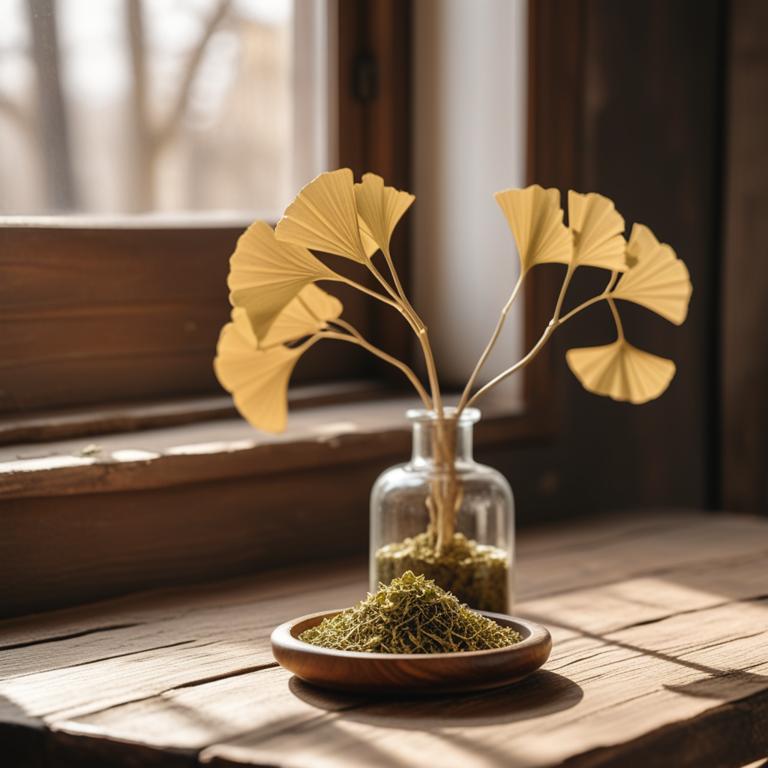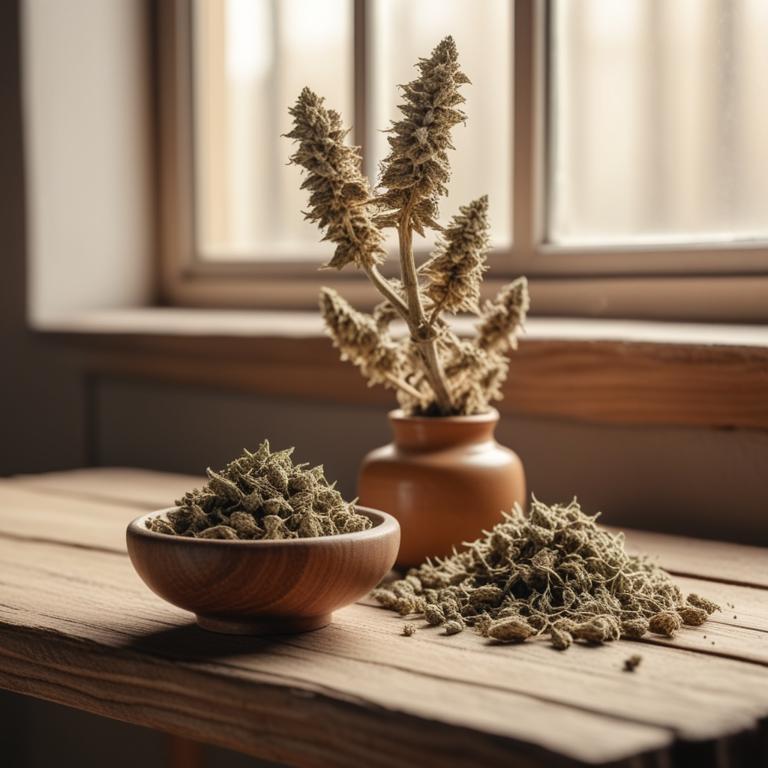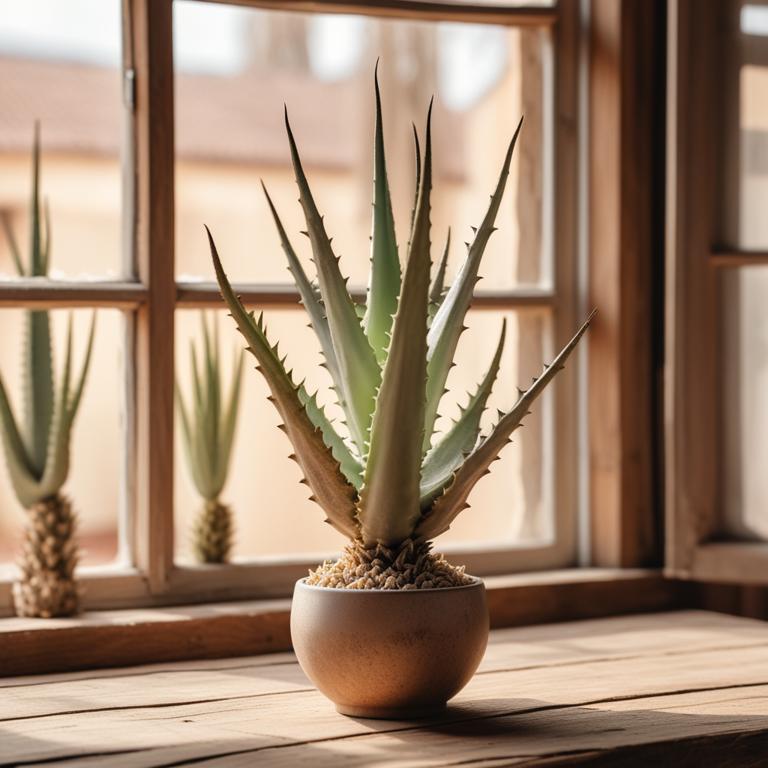Updated: Dec 1, 2024
Fever Blister on Lip: Causes, Herbal Preparations, and Home Remedies for Relief
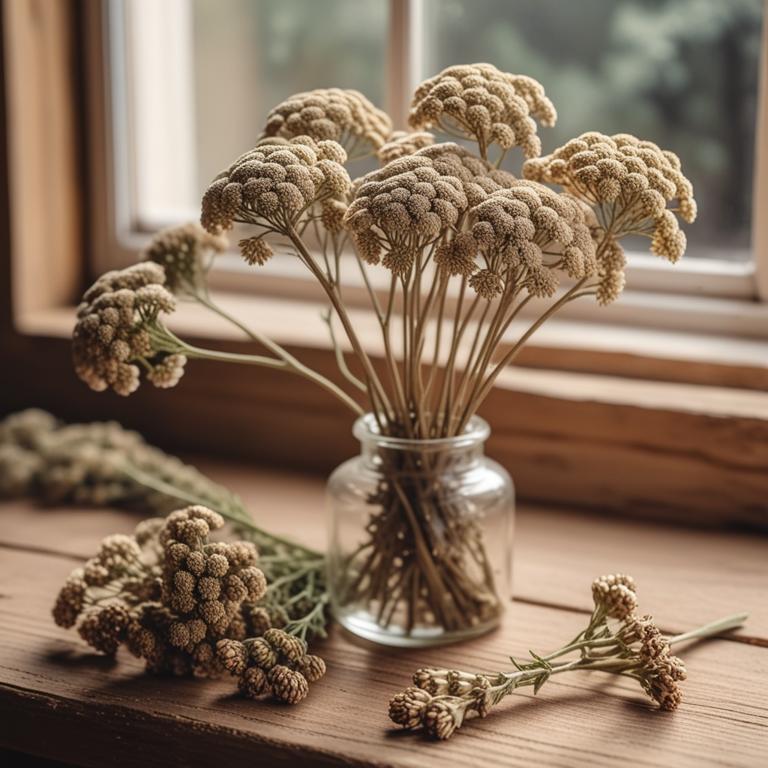
A fever blister on the lip, also known as a cold sore, is a painful and unsightly sore that can appear on the lip or around the mouth.
It can make everyday activities like eating, speaking, and even smiling difficult. But what causes these blisters to form?. They are often triggered by stress, fatigue, certain foods, or even the sun. When the herpes simplex virus, which is usually dormant in the body, becomes active, it can cause a fever blister to form. Herbal remedies can help soothe and heal fever blisters on the lip.
Certain herbs like aloe vera, which has anti-inflammatory properties, and tea tree oil, which has antiviral properties, can be used to calm the skin and reduce the healing time. Some herbs, such as calendula and chamomile, have anti-inflammatory and antiseptic properties, which can help to reduce pain and prevent infection. To use these herbs, you can try making a tea by steeping dried herbs in hot water, or you can apply a topical cream or ointment that contains the herb's extract. You can also apply aloe vera gel directly to the sore to help soothe and calm the skin. Tea tree oil can be mixed with a carrier oil like coconut or olive oil and applied to the sore with a cotton swab.
Some herbal creams and ointments may also contain other herbs like vitamin E, which can help to promote healing.
Table of Contents
- What causes fever blisters to occur on the lip?
- What are the advantages of using herbs for treating fever blister on lip?
- What are the main herbal remedies for fever blister on lip?
- What are the favorite herbal remedies for fever blister on lip?
- What herbs should be off-limits if you're suffering from a fever blister on lip?
- FAQ
What causes fever blisters to occur on the lip?
The main causes of fever blister on lip are related to viral, emotional, and physical factors.
For instance, HSV-1 (Herpes Simplex Virus type 1) is the primary cause of fever blisters on the lip. This virus is highly contagious and can be spread through skin-to-skin contact or by sharing personal items like utensils or towels with an infected person. Once you're infected, the virus remains dormant in your body and can reactivate due to various triggers, causing a fever blister to form. Stress is another significant contributor to fever blisters on the lip. When you're under stress, your body produces more cortisol, a hormone that can trigger the reactivation of the HSV-1 virus. This is why many people experience fever blisters during periods of high stress, such as exams, job changes, or relationship issues.
Hormonal changes can also lead to fever blisters on the lip, particularly in women. During menstruation, pregnancy, or menopause, hormonal fluctuations can cause the HSV-1 virus to become active, resulting in a fever blister. Fatigue is a common symptom that can contribute to the development of fever blisters on the lip. When you're exhausted, your immune system is weaker, making it easier for the HSV-1 virus to reactivate and cause a fever blister. Lastly, anxiety can play a role in the formation of fever blisters on the lip. High levels of anxiety can weaken your immune system, making you more susceptible to viral reactivation.
This is often seen in people who experience anxiety disorders, such as generalized anxiety disorder or post-traumatic stress disorder (PTSD).
What are the advantages of using herbs for treating fever blister on lip?
Using certain herbs can be a great way to help with fever blisters on the lip.
These herbs have anti-inflammatory properties, which can reduce swelling and ease pain. They also have antiviral properties, which can help fight off the herpes virus that causes fever blisters.
Some of these herbs can even promote healing and speed up the recovery process. When applied topically, they can help dry out the blister and reduce the risk of further outbreaks. Additionally, they can help soothe and calm the skin, making it more comfortable to deal with.
Some people find that these herbs can even reduce the frequency and severity of fever blisters over time.
What are the main herbal remedies for fever blister on lip?
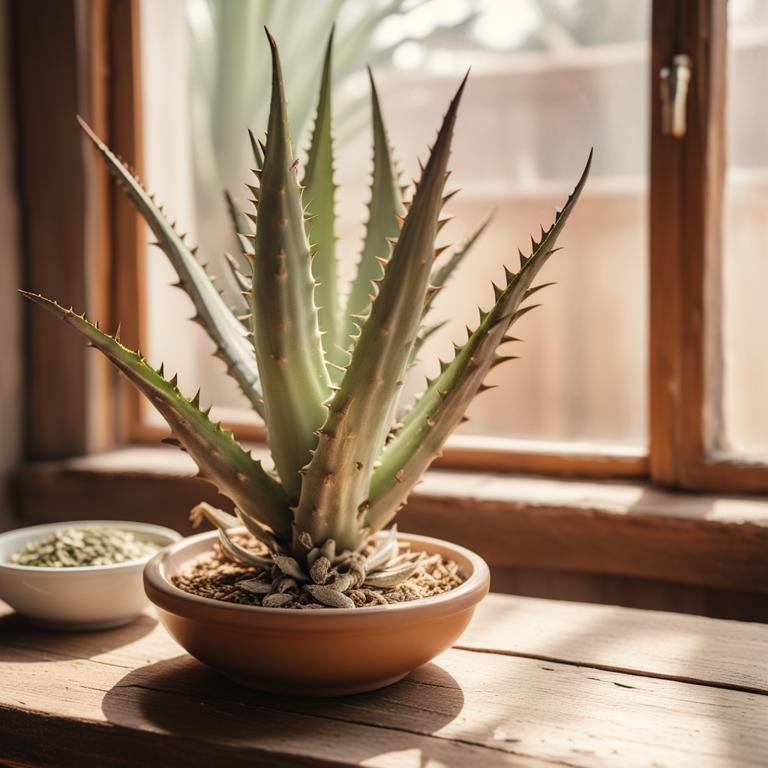
When you have a fever blister on your lip, it can be painful and annoying.
But there are some herbs that can help you feel better. Aloe barbadensis, also known as aloe vera, is a great soothing agent. It has anti-inflammatory properties that can reduce the swelling and pain of the blister. Applying aloe vera gel to the affected area can calm it down and make it feel more comfortable. Echinacea purpurea is another herb that's useful for fever blisters. It's known for its ability to boost your immune system, which means it can help fight off the virus that's causing the blister. By keeping your immune system strong, Echinacea purpurea can help prevent future outbreaks.
Melaleuca alternifolia, or tea tree oil, has antibacterial properties that can help prevent infection. When you have a fever blister, it's more susceptible to getting infected, so using tea tree oil can help keep the area clean and safe. Just be sure to dilute it with a carrier oil, as it can be quite strong. Calendula officinalis is a great herb for healing wounds, including fever blisters. It contains compounds that promote tissue repair and can help the blister heal faster. You can apply calendula cream or oil to the affected area to speed up the healing process. Zingiber officinale, or ginger, is another herb that can help with fever blisters. It has anti-inflammatory properties, similar to aloe vera, that can reduce pain and swelling.
You can make a tea by steeping fresh ginger in hot water, or apply ginger oil to the affected area to get relief from the pain and discomfort.
What are the favorite herbal remedies for fever blister on lip?
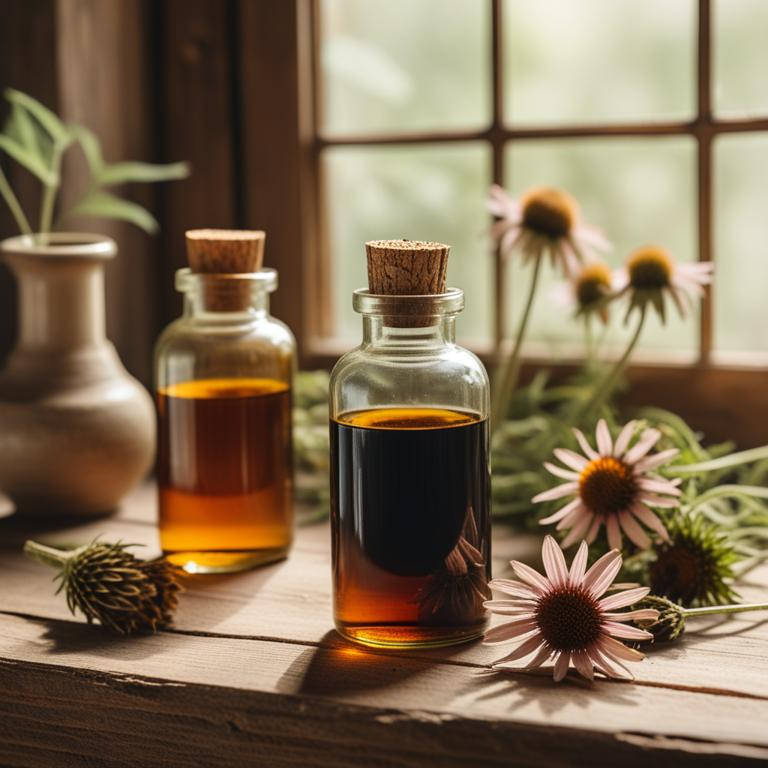
Herbal preparations can be really helpful for fever blisters on the lip.
A tincture is a liquid extract that can be applied directly to the affected area. It's good because it's easy to apply and can help reduce the swelling and pain of the blister. You can also mix it with a carrier oil to make it more comfortable to use. An ointment is a thick paste that you can apply to the blister to keep it moisturized and protected. It's good because it creates a barrier that prevents bacteria from entering the blister and causing infection. This can help speed up the healing process. A salve is similar to an ointment, but it's usually thinner and more easily absorbed into the skin. It's good because it can penetrate deeper into the skin to help reduce inflammation and pain.
Salves are often made with ingredients like aloe vera or tea tree oil, which have antiseptic and anti-inflammatory properties. A gel is a clear liquid that you can apply to the blister to help soothe and calm it. It's good because it's easy to apply and can help reduce the pain and discomfort of the blister. Gels are often made with ingredients like witch hazel or peppermint, which have anti-inflammatory and cooling properties. A decoction is a liquid extract that's made by steeping herbs in hot water. You can use it as a mouthwash to help reduce the swelling and pain of the fever blister. It's good because it can help kill bacteria and reduce inflammation in the mouth and lip area. Decoctions are often made with ingredients like sage or chamomile, which have antiseptic and anti-inflammatory properties. These herbal preparations can be really helpful for fever blisters on the lip because they can provide relief from pain and inflammation, and help speed up the healing process.
They can also help prevent infection and promote a healthy recovery.
Additional Resources:
What herbs should be off-limits if you're suffering from a fever blister on lip?
If you have a fever blister on your lip, there are certain herbs you should avoid.
Capsicum annuum, also known as cayenne pepper, is too spicy and can irritate the affected area, making it worse. Glycyrrhiza glabra, or licorice root, has a compound that can thin the skin, which might make your fever blister more painful and prone to infection.
Sanguinaria canadensis, or bloodroot, can be toxic if not used properly, and its irritating properties might exacerbate the blister. Ginkgo biloba, while often used for its anti-inflammatory properties, can also cause allergic reactions, which might be triggered by a fever blister. Cinchona officinalis, or Peruvian bark, contains quinine, a substance that can make your fever blister worse by causing inflammation and redness.
These herbs might seem harmless, but they can interact with your fever blister in unpredictable ways, making it harder for it to heal.
FAQ
Are there any specific herbs that can prevent fever blister on lip?
Some people find that applying aloe vera or tea tree oil to their lip can help prevent fever blisters.
These herbs have antiviral properties that may help reduce the severity and frequency of outbreaks.
Applying a small amount to the affected area before a blister forms may also help reduce inflammation and promote healing.
Is it safe to use herbal remedies for fever blister on lip during pregnancy?
When you're pregnant, it's a good idea to be cautious with herbal remedies.
Some herbs can affect your baby's health, even if you only use them on your lips.
Fever blisters can be painful, but it's best to try gentle, non-herbal treatments like cold compresses, saltwater rinses, or over-the-counter pain relief.
Are there any herbs that can reduce the frequency of fever blister on lip?
Some people find that taking L-lysine supplements or applying aloe vera gel to the affected area can help reduce the frequency of fever blisters on the lip. Aloe vera has anti-inflammatory properties that may soothe the skin, while L-lysine is thought to help build up the immune system's resistance to the herpes virus.
Related Articles

Itchy Eyes: Exploring Medicinal Herbs and Natural Treatments
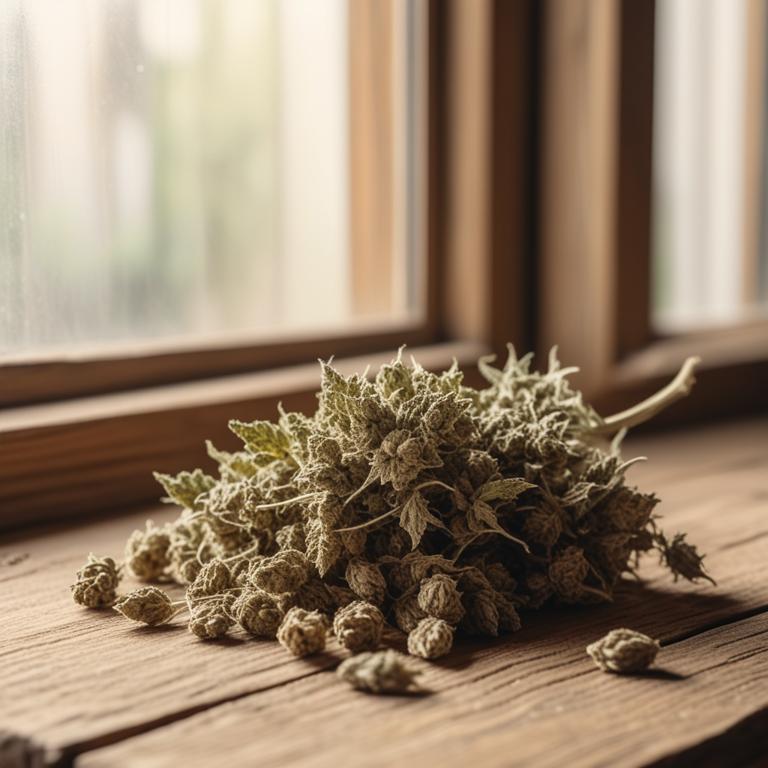
Eczema: Understanding Causes, Medicinal Herbs, and Effective Herbal Preparations
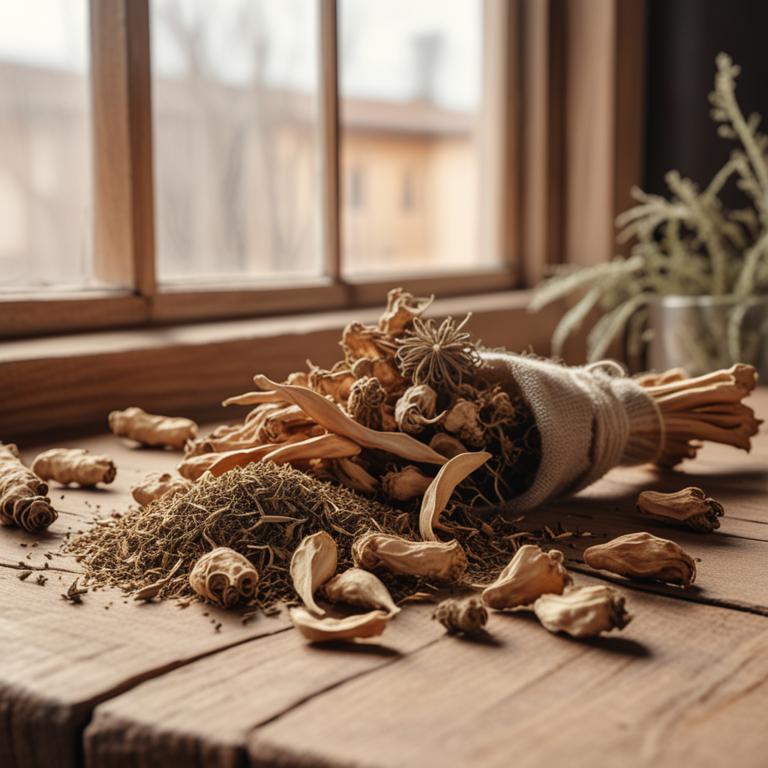
Fever Blister on Lip: Causes, Herbal Preparations, and Home Remedies for Relief

Ingrown Toenail: Causes, Symptoms, and Herbal Preparations for Relief

The Causes and Effects of Stye: Medicinal Herbs and Herbal Preparations for Relief
